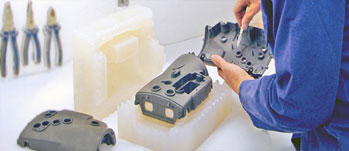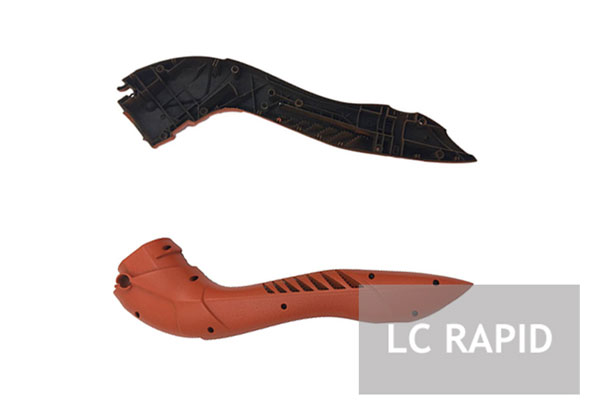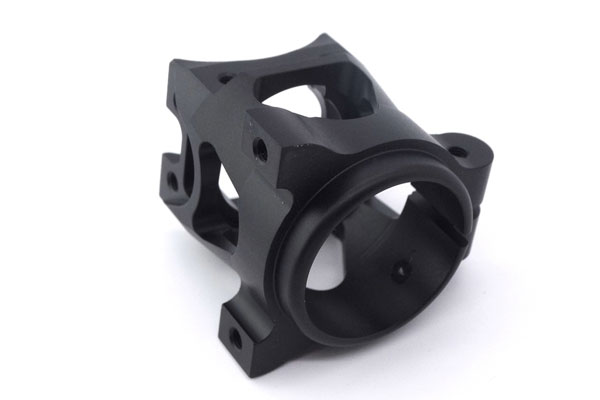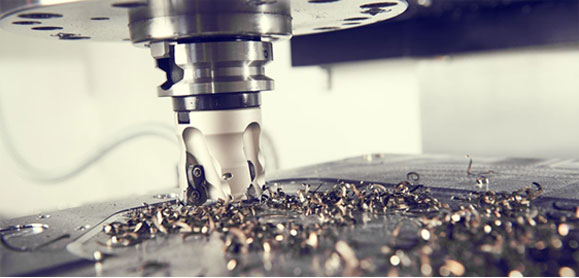Vacuum Casting
Vacuum Casting is a mid-to-low production volume process for customers who need high quality, cosmetic finish, end-use parts in a fast turnaround. We not only produce vacuum casting plastic parts with production-level quality but also offer a wide range of finishing services and post-machining services to ensure your requirements of quality, exterior looking, performance, and color selection are met.
Introduction of Vacuum Casting Service
Vacuum Mould Casting is a good manufacturing method to produce great quality prototypes and low volumes of parts from soft silicone mould. Its big advantage when compared with injection moulding is that silicone 'soft' mold is made quicker and cheaper than metal 'hard' tool. The polyurethane parts from vacuum casting process in rapid prototyping are superior quality, precise and have the same great performance as the production parts.
Advantages of 3D Printing
Time Saving
Typically, a silicone mold can cast about 15-25 parts. Also, soft tooling is cheaper and more time-saving than hard tooling.
Production Quality
The polyurethane vacuum cast parts have the same cosmetic and performance criteria with the production-level components.
Speed
The molds can be made in 2 days, the polyurethane cast parts can be completed in 1-2 weeks, depending on the order volume.
Low Cost
A silicone mold is durable for 15-25 parts, making it affordable to produce mid-to-low production volumes when you would like to order 1 or 100+ pieces of parts.
Wide Material Selection
There is a wide array of rigid, flexible, rubber-like plastic materials available. The material can be tuned to your specific shore durometer from very soft (shore A) to very rigid (shore D).
A Wide Range of Finishes
We offer a wide range of color options including clear, black, and Pantone/RAL color matching. We also provide a wide variety of custom surface finish options, which include sandblasting, plating and painting.
Vacuum Die Casting Process
The polyurethane vacuum die casing process has three major steps:

The master pattern can be made using an subtractive manufacturing process, CNC machining or additive manufacturing process like stereolithography (SLA) or Selective Laser Sintering (SLS) 3D printing processes.
Creating the Mold.
Putting master pattern into a casting frame and filling the frame with silicone material to shape a mold. Once cured, the mold is cut into halves and the master pattern is removed, forming a cavity to cast parts. One master pattern can be repeatedly used to leave multiple molds, making the vacuum die casting process an optimal option for on-demand, mid-to-low production runs.
Casting Products.
Injecting the liquid polyurethane material into the silicone mould and then placing the silicone mold in a vacuum chamber. When the mold hardens, the mold halves are set apart and the polyurethanes can be casted in vacuum pressure. 15-25 copies can be casted throughout the casting process in a repeated way.
Vacuum Casting Tolerances

Vacuum Casting Material

Vacuum Casting Finishes
Plating
We use plating to improve corrosion and wear resistance, enhance durability, perfect cosmetic surfaces. The plating commonly use the metals such as zinc, nickel, chrome, precious metals-gold and silver.
- Plating
- Painting
- Sanding
- Pad Printing & Silk Screening

Vacuum Casting Solutions
Automotive
Vacuum casting is frequently utilized for automotive applications including interior and exterior components.
Robotic
Several of the robotic pieces produced with vacuum casting because it is cost-effective, high-quality and fast.
Medical
Vacuum Casting process is used in medical industry including the device casings and housing. The casted housing for the medical device proves production level high quality results.
Common Vacuum Casting Applications
Consumer Testing
It is the best way to do consumer testing with a physical concept model. With advantages of cosmetic surface, precise dimension, production-level performance, rapid turn-around, competitive cost, polyurethane cast parts are ideal for customer testing.
Low-Volume Manufacturing
The vacuum casting process can be done very quickly because the silicone molds which used to cast copies are made in a very short lead time. It is used a lot for low volume production runs with such a quick turnaround and cost effective price.
Rapid Prototyping
Vacuum casting process in rapid prototyping is not complicated. A silicone vacuum casting mould is last for about 15-25 copies, therefore it is easy and economical to verify designs or make any needed design changes. Moreover, we can pour different polyurethane materials into the same silicone mould, making it cost effective and time saving to test designs with a wide range of materials.